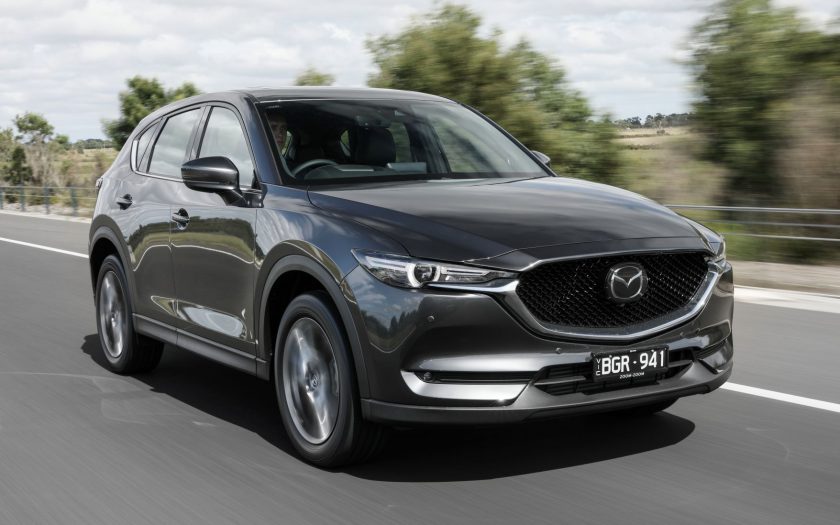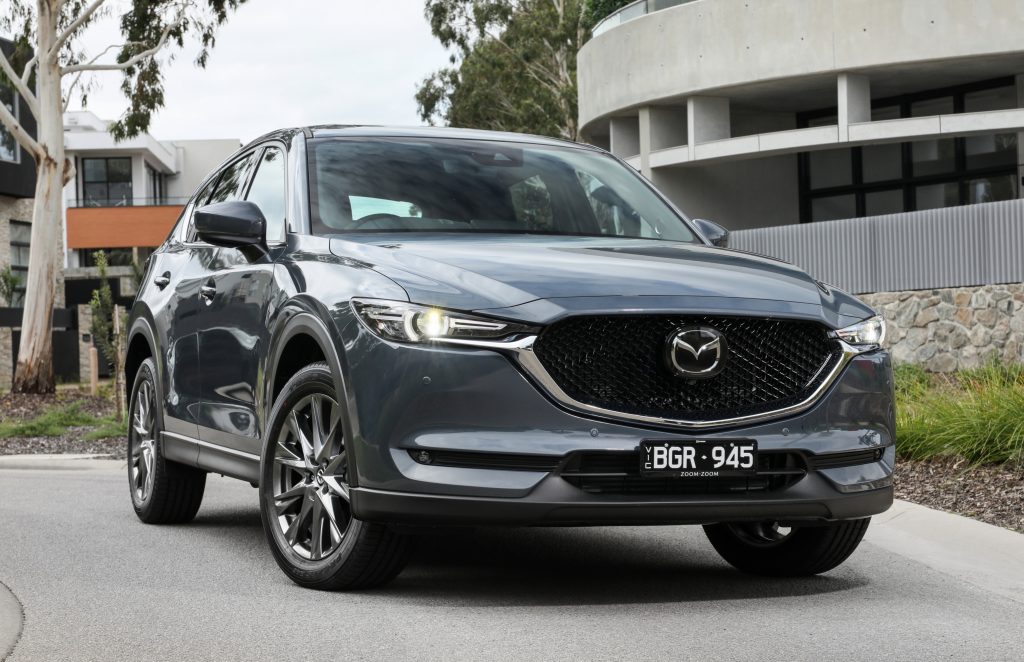Chris Riley tests the 2022 Mazda CX-5 SP 2.5 AWD with pricing, specs, ride and handling, safety, verdict and everything the over-50 driver needs to know.
Summary: The new 2.5-litre petrol engine overcomes complaints about disappointing performance from the original 2-litre engine, but Chris alerts readers to the GT with the diesel engine, for the same money.
2022 Mazda CX-5 SP 2.5 AWD
Pricing: $47,490 (GT SP AWD petrol auto, plus on road costs), $49,990 (GT SP turbo petrol auto AWD) Premium paint $495
Warranty: Five-years, unlimited km
Safety: 5-star ANCAP
Engine: Skyactiv-G 2.5-litre turbocharged in-line four-cylinder 16-valve DOHN S-VT petrol engine
Power: 170kW at 5000rpm
Torque: 420Nm at 2000rpm
Transmission: six-speed automatic, all-wheel drive
Body: 4550mm (long); 1840mm (wide); 1680mm (high)
Weight: 1718kg
Towing capacity: 2000kg
Wheels: 19-inch alloy
Tyres: 225/55R19
Ground clearance: 193mm
Turning circle: 11.0m
Fuel tank: 58 litres
Thirst: 8.2L/100km (unleaded 91 RON or higher petrol, E10 compatible)
Consumption on test: 9.0L/100km
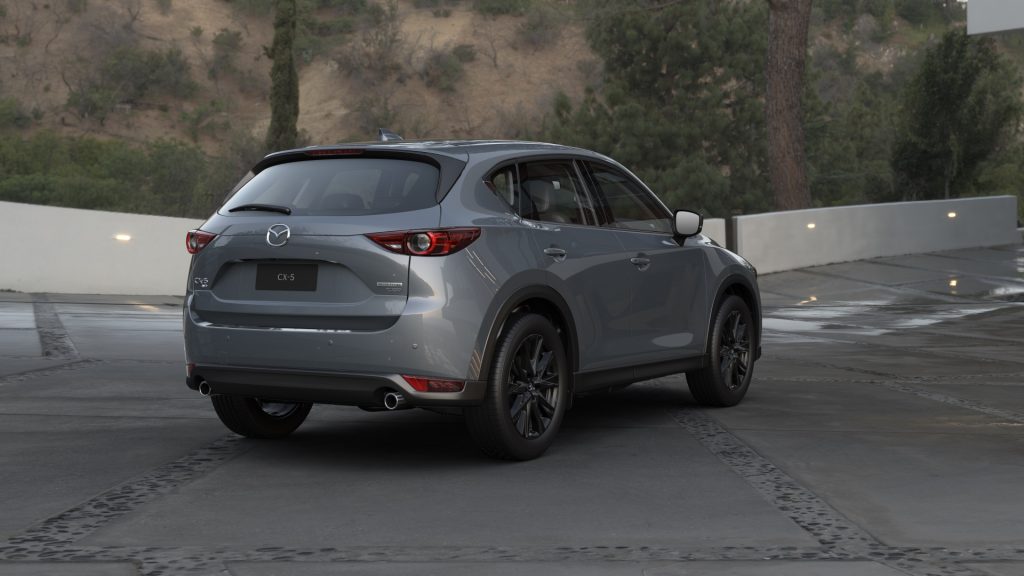
[review]
Mazda is currently the second largest car retailer in Australia. But it’s interesting to note, not one of its models finished in the top 10 sales list last month. It suggests the company does not have all its eggs in the one proverbial basket.
On the other hand, the mid-sized CX-5 has been the biggest selling SUV in Australia on many occasions – has it fallen out of favour?
Released earlier this year, the GT SP is essentially a GT with some added black bits.
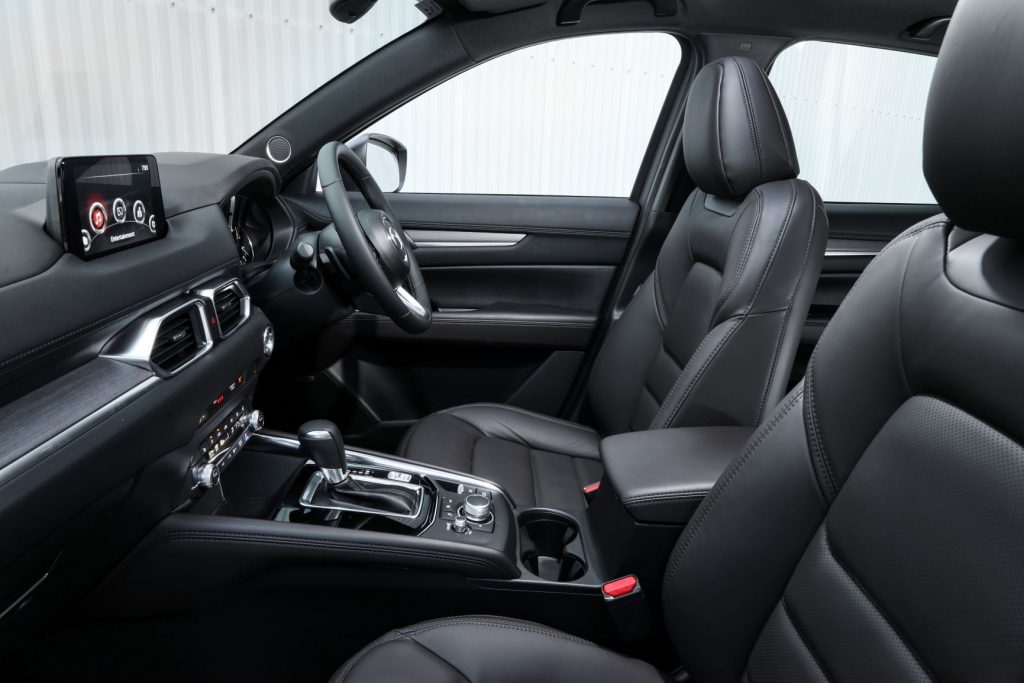
Prices start from $47,490 for the 2.5-litre non-turbo, or $49,990 for one with a turbocharged 2.5-litre petrol engine – both figures before on-road costs.
Not sure how the non-turbo model gets a guernsey as a GT, but good luck trying to tell that to the marketing department.
Premium metallic paint adds $495 to the price and this includes: Machine Grey Metallic, Polymetal Grey Metallic and Soul Red Metallic.
Standard kit includes push button start, head up display, auto high beam, follow-the-road LED head lights, radar cruise control, auto lights and wipers, auto-dimming mirror, front and rear park sensors, dual-zone climate control air with rear vents, power fold mirrors and an electric parking brake with auto hold.
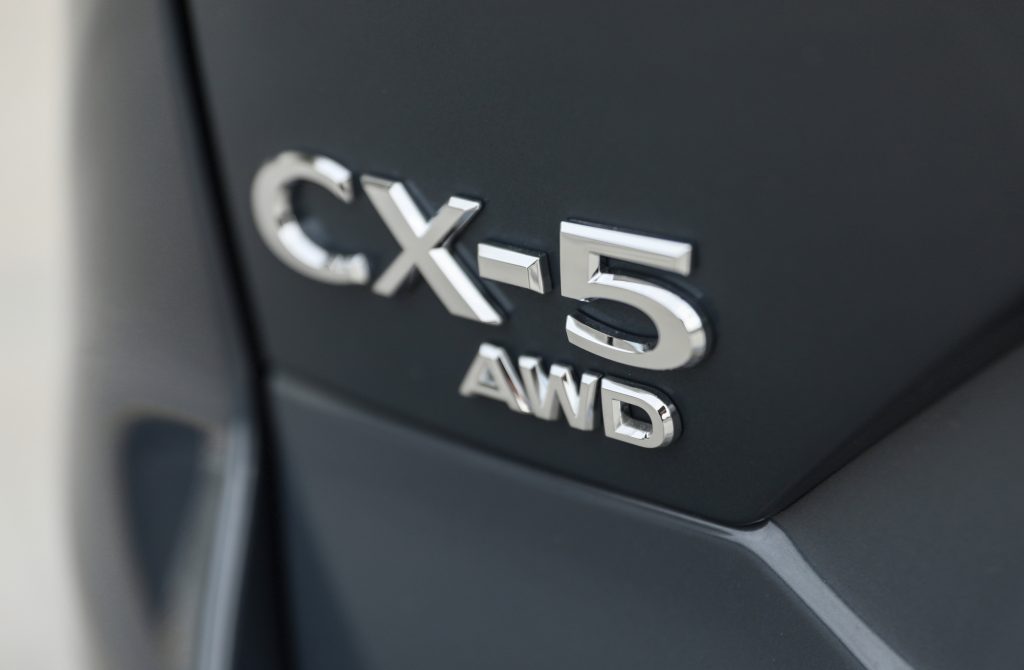
The standard GT comes with 19-inch alloys, 10.25-inch full-colour widescreen display, power sliding and tilt glass sunroof and a power operated tailgate.
Heated front seats have two-position memory and 10-way power adjustment for the driver, with six-way power adjustment for the front passenger.
There’s also a choice of Black or Pure White leather upholstery.
For $500 more, GT SP adds 19-inch black metallic alloys and black exterior mirror caps, with Black Maztex/Grand Luxe Synthetic Suede seat trim with contrast red stitching and piano black interior trim.
Passive and active safety features include: six airbags, Smart City Brake Support (Forward/Reverse, SCBSF/R) with night time pedestrian detection (Front), Mazda Radar Cruise Control (MRCC) with Stop & Go function, Blind Spot Monitoring (BSM), Rear Cross Traffic Alert (RCTA), Lane Departure Warning (LDW) and Lane-keep Assist System (LAS).
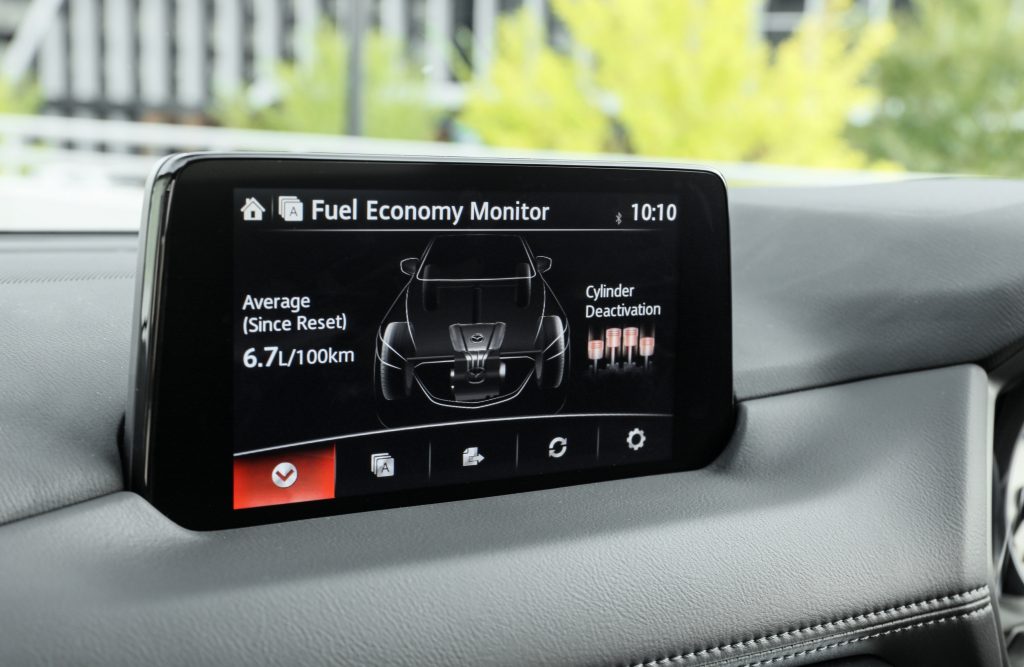
Mazda’s latest 10.25-inch full-colour widescreen Mazda Connect infotainment system is faster-loading and provides higher-quality graphics and audio sound quality thanks to the use of digital, rather than analogue, signalling.
Audio is a premium 10-speaker Bose unit, with 249-watt amplifier and separate subwoofer, adding to the standard AM/FM tuner and DAB+ digital radio, satellite navigation, Apple CarPlay and Android Auto, Bluetooth hands-free phone and audio capability and Internet radio integration with the Stitcher and Aha apps.
The look hasn’t changed much over the years.
It’s more a case of evolution rather than revolution, which is not uncommon when it comes to best sellers. That’s because no one wants to rock the boat, or more specifically kill the cash cow – Ford Ranger is a case in point.
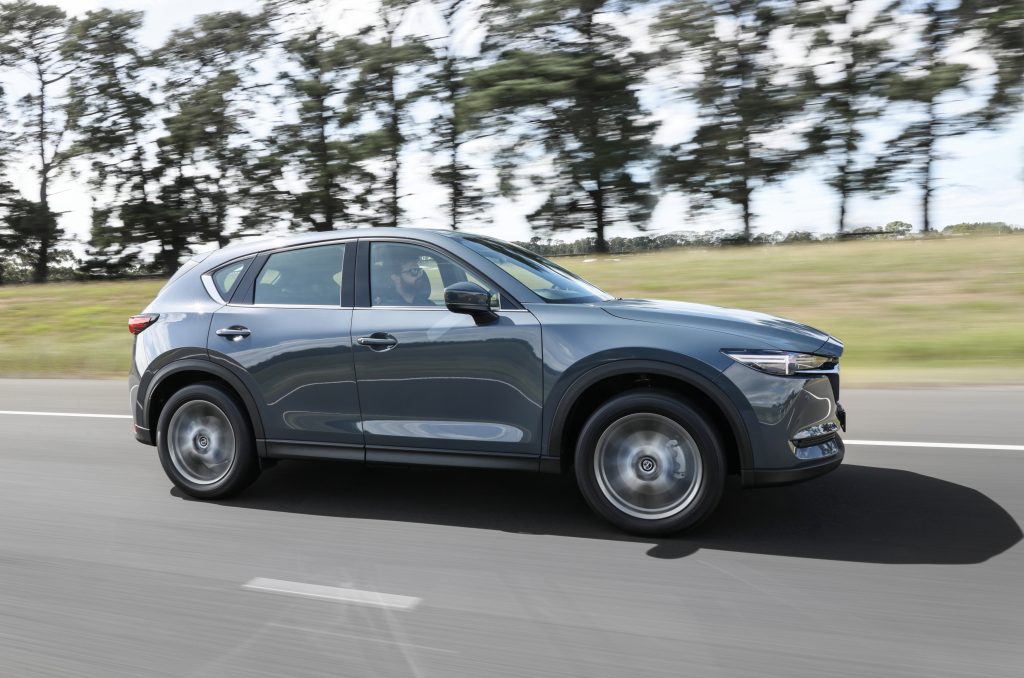
The current model looks a little slicker and more contemporary, with its slimline LED lights and in the case of the GT SP – a lack of chrome highlights.
Inside, the layout is clean, simple and practical, with the exception of Mazda’s persistent avoidance of introducing touchscreen technology. Instead, the slimline screen is controlled from a central knob in the console, which in turn is surrounded by a selection of buttons for most frequently used functions such as navigation.
Voice control is offered, but despite our best attempts simply refuses to respond to the Australian accent and is apt to leave the driver screaming in frustration.
The standard of finish in the cabin is high but falls short of opulent. Think dark and European, with firm but not overly comfortable seating.
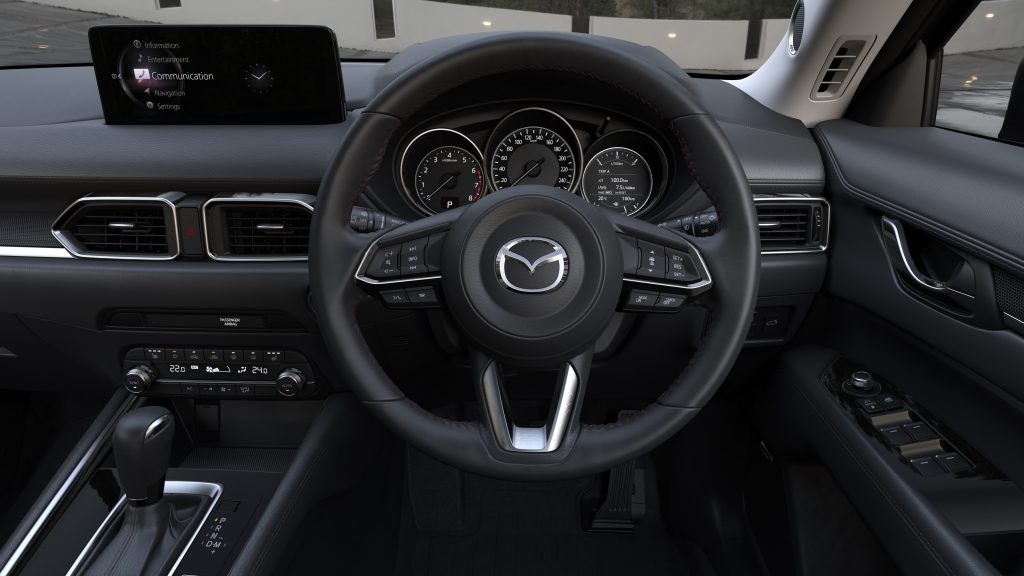
The instrument cluster features three dials, two of them analogue, the other one on the right a digital display.
Again, it’s neat and easy to read, but lacks the full digital pyrotechnics of competitors.
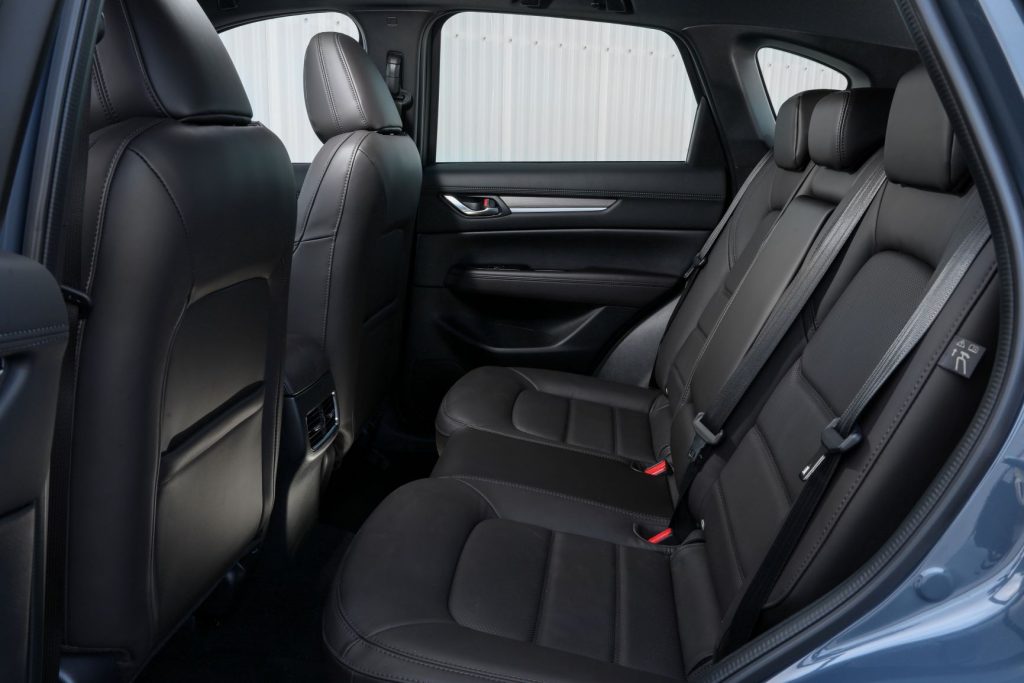
Rear legroom is adequate rather than ample while the boot is small compared to competitors such as the RAV4.
This model also comes with head-up display, which projects important information holographically in the lower part of the windscreen ahead of the driver.
But like most systems these days it remains almost invisible if you happen to wear polarised sunglasses, only showing if you cock your head sideways.
Traffic sign recognition posts the current speed limit, but is often wrong and is not able to read electronic style speed signs such as those found on the motorway.
Really irritating is the almost complete refusal of the Bluetooth system to recognise and reconnect phones on return to the vehicle.
It’s the little things like this that can make or break a deal and try getting them fixed through a dealer after you’ve bought the car – good luck with that one.
Back when they launched the first CX-5 everyone complained about the poor performance from the original 2.0-litre engine. So later they introduced a larger 2.5-litre engine and that put a stop to most of the whinging.
Since then, performance has been boosted with the addition of a turbocharged unit, available with the GT, GT SP and top of the range Akera grades.
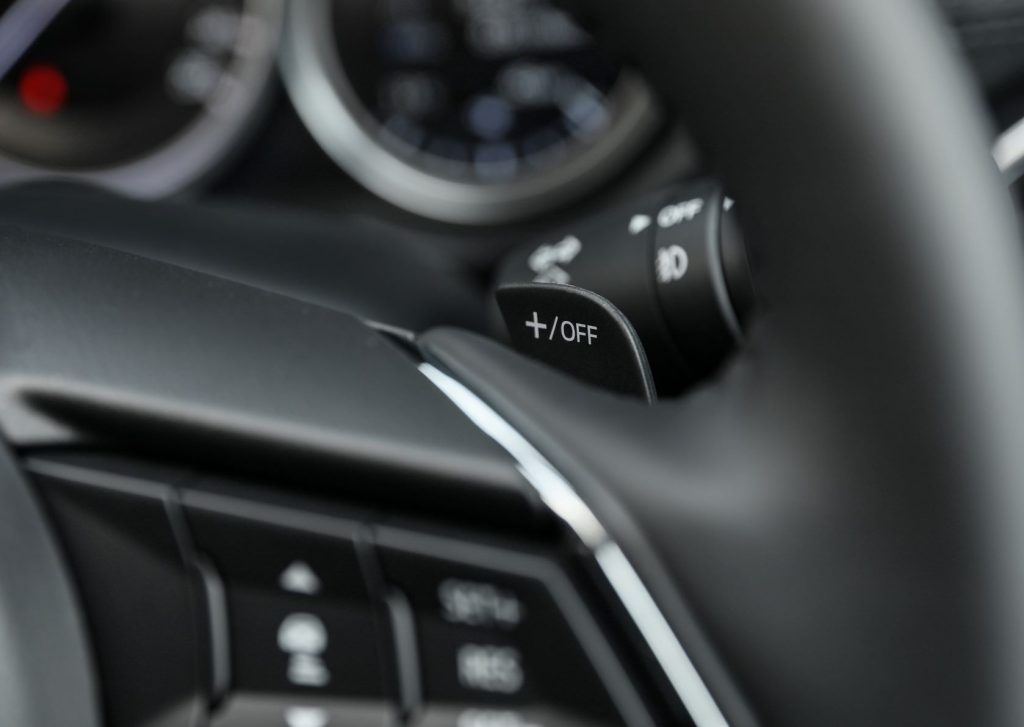
The GT SP is available with either the 2.5 or 2.5-litre turbo petrol engine for another $2500.
But here’s where it gets interesting, because for the same money you can have the GT with a diesel – admittedly without the black bits.
Our test vehicle was the 2.5-litre turbo which produces 170kW of power and 420Nm of torque, the latter from 2000 revs.
It’s paired with a six-speed auto, together with steering wheel-mounted gear shift paddle, and power split between all four wheels via a torque on demand system.
This model misses out on fuel-saving engine cylinder deactivation technology, but does get auto stop-start, although most drivers find this annoying.
There’s only one drive mode – that’s Sport.
In terms of performance, frankly, we were expecting a little more.
It goes okay, but doesn’t light up the night, lacking the feel and sound that we look for in a car.
Then again, CX-5 is no sports car, not with a high centre of gravity and kerb weight of 1718kg. Push it too hard and you can feel it step out of its comfort zone, easily becoming crossed up in corners with too much speed on board. It’s irrelevant because the vast majority of drivers will never push their car this hard and have no reason to anyway.
The i-Activ all-wheel drive system draws data from 27 different sensors or signals — to monitor, predict and respond to even the slightest change in conditions. But keep in mind this is not a car designed to go off road, with 193mm of ground clearance and Toyo road rubber fitted.
Steering and ride are generally very good, but it can become bouncy on back roads, with a long rebound stroke from the suspension.
The brakes are excellent.
A space saver spare is provided.
Rated at 8.2L/100km, we were getting 9.4L after more than 300km.
CX5 is covered by a 5-year unlimited kilometre warranty and comes with 5 years of roadside assistance.
What we like
- The black bits
- Comfortable
- Heads up display
- Traffic Sign Recognition
- Rear air outlets
- Reasonable rear legroom
- Good-sized boot
What we don’t like
- No digital speedo
- Uses too much fuel
- Phones refused to reconnect
- Factory fitted towbar
- Seating position low in relation to door line
Things over-50s need to know
A mate of mine owns a CX-5. Like me, he’s now over 60 and has just retired. His previous car was a Mazda6 which he had for many years before passing it on to one of his kids.
His CX-5 now has 60K on the clock. He says it’s comfortable to drive and he likes it very much.
It’s got reasonable legroom in the back while the boot is flexible and a good size.
He likes the head-up display, which shows his speed in the windscreen – although it hasn’t stopped from being booked a couple of times.
He isn’t however a fan of the factory fitted towbar which is fiddly to use.
I can remember trying to talk him into getting the diesel because he does quite a bit of long-distance country driving.
But of course, he opted for the 2.5-litre petrol model and not surprisingly he describes the fuel consumption as ordinary.
With diesel set to disappear in the near future, this is a car crying out for a hybrid powertrain — if not a fully electric option.
Maybe then CX-5 can take back its crown from the very good and let me say very practical Toyota RAV4 Hybrid which is now the number one selling car in this segment.
Duh . . .
Ratings (out of 10)
Looks – 7.5
Performance – 7.0
Safety – 8.0
Thirst – 7.0
Practicality – 7.5
Comfort – 7.5
Tech – 7.5
Value – 7.0
Overall – 7.4
seniordriver comments
While testing the Mazda CX-5, Chris has experienced something we regularly get complaints about from our readers: voice control that simply won’t recognise or respond to the Australian accent (even a cultured Australian accent!)
We well remember an occasion when Ford was demonstrating this “wonderful new technology” and explained how the company had spent considerable time and expense tailoring the system to understand Australian vocalisation.
Unfortunately, the Ford technician’s efforts at Winton Motor Raceway in central Victoria to use voice activation to ask the sat nav to find a route to Bourke Street in the Melbourne CBD were to no avail. Despite his best efforts, and increasingly desperate efforts to enunciate ever more clearly, the voice control kept asking “Did you mean …” and then suggesting addresses that sounded nothing like the one he was trying to input.
We’ve experienced similar problems with almost all voice control systems we’ve come into contact with. And like Chris, it leaves us tearing our hair out in frustration.
Another regular complaint is head-up displays that disappear when you wear polarised sunglasses, and the CX-5 also suffers from this problem.
Traffic sign recognition is another area where technology simply doesn’t meet expectations. As Chris describes, the indicated current speed limit is often wrong and its inability to read the increasingly common electronic speed limit signs is unforgivable. It doesn’t bode well for autonomous (self-drive cars) and we have commented before that when in-car data is being relayed back to another source (such as an insurance company, for instance), imagine the problems when you try and explain that you weren’t exceeding the speed limit while travelling at 100km/h, even though the system thought you were in a 50km/h zone.
Bluetooth is, according to Chris, another problem. It is frustrating and time wasting when the system won’t recognise and reconnect your phone when you return to the vehicle, especially in these days of substantial fines for using your phone while driving.
It’s also interesting that Mazda has followed the crowd by charging extra for premium paint. Not so long ago, the only paint they charged extra for was Deep Rose Red Mica. However, $495 is more than reasonable for premium paint finishes, and the Soul Red Metallic is a Mazda signature colour.
For many intending buyers (and one seniordriver reader has already decided against the Mazda CX-5 for this reason alone), the space saver spare is inadequate for Australian conditions.
